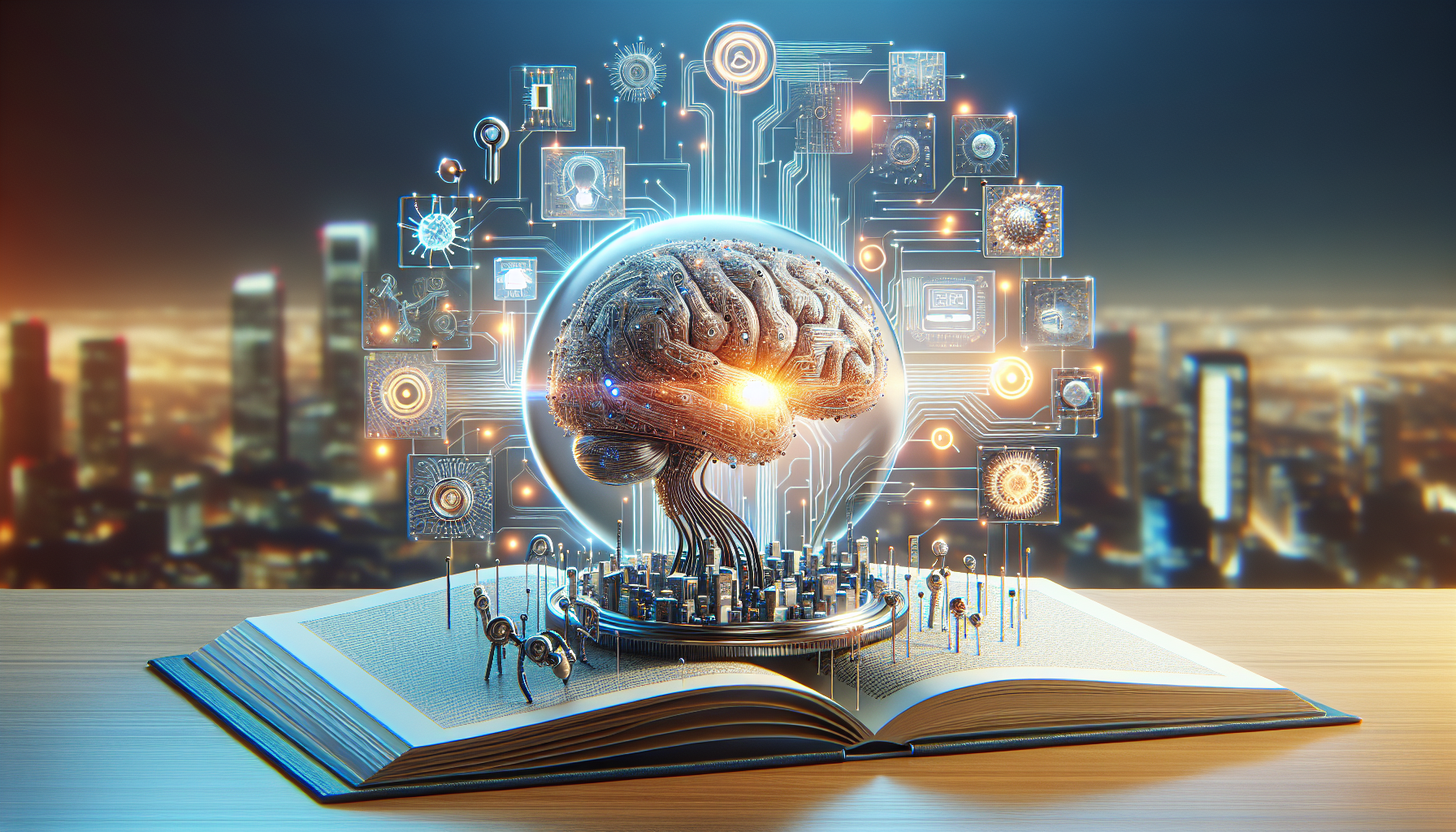
AI in Crisis Management: Predicting the Future of Disaster Response
October 28, 2025
As the world grapples with the increasing frequency and intensity of natural disasters, the role of artificial intelligence in crisis management is becoming ever more critical. From hurricanes to wildfires, AI technologies are set to transform how societies prepare for, respond to, and recover from emergencies. The integration of AI into crisis management systems promises to enhance the speed, efficiency, and effectiveness of disaster response—a promise that is both ambitious and achievable.
Foremost among the potential benefits of AI in crisis management is its ability to predict disasters with unprecedented accuracy. Machine learning algorithms, when fed with vast datasets derived from satellite imagery, geological surveys, and historical weather patterns, can identify subtle indicators of impending natural events. This capability not only allows for more precise early warnings but also enables authorities to initiate preemptive measures that could mitigate the impact of disasters. For instance, AI-driven models can forecast the path of a hurricane days in advance, giving communities ample time to evacuate and secure property.
Beyond prediction, AI is poised to revolutionize the way emergency services are deployed. In the chaotic aftermath of a disaster, traditional communication networks are often compromised, hampering relief efforts. AI-powered drones, equipped with advanced image recognition software, can assess damage in real time and identify areas most in need of assistance. This rapid assessment capability ensures that resources are allocated efficiently and that first responders are directed to where they are needed most urgently.
Moreover, AI technologies are enhancing crisis communication strategies. Natural language processing tools can sift through vast amounts of social media data to detect distress signals and real-time updates from affected populations. This information serves as a vital feedback loop, providing emergency management agencies with granular data on the ground situation. Consequently, AI enables a more dynamic and responsive approach to crisis communication, ensuring that authorities can address evolving needs effectively.
AI's potential in crisis management extends to the logistical challenges of disaster relief. Supply chain algorithms, already used in the commercial sector, can be adapted to optimize the distribution of food, water, and medical supplies in emergency situations. These algorithms can predict demand spikes, identify potential bottlenecks, and suggest alternative routes for delivery, thereby minimizing delays in getting aid to those in need.
However, the integration of AI into crisis management is not without its challenges. The reliance on large datasets raises concerns about privacy and data security, particularly when dealing with sensitive information from affected individuals. Moreover, ensuring that AI systems are transparent and free from bias is crucial to maintain public trust and ensure equitable assistance to all communities, irrespective of socio-economic status or geographical location.
The future of AI in disaster response will also see increased collaboration between public and private sectors. Tech companies are already partnering with governments and NGOs to develop AI tools tailored for crisis management. These collaborations are essential to ensure that AI technologies are not only cutting-edge but also practical and applicable in real-world scenarios.
Looking ahead, the continual development of AI in crisis management will likely focus on enhancing interoperability among various technologies and agencies. The ability of different AI systems to seamlessly share data and insights will be paramount in crafting a cohesive and comprehensive approach to disaster response. Furthermore, as AI becomes more sophisticated, its role in simulating disaster scenarios and training emergency personnel will grow, equipping responders with the skills and knowledge to act swiftly and effectively.
As artificial intelligence continues to evolve, its role in crisis management will undoubtedly expand. The challenge lies not only in harnessing the technological capabilities of AI but also in addressing the ethical and logistical considerations that accompany its deployment. How society navigates these challenges will determine the extent to which AI can fulfill its promise of transforming disaster response for the better.
In pondering the future of AI in crisis management, one must ask: How can we balance the immense potential of AI with the need for ethical responsibility and inclusivity in disaster response efforts? This question invites an ongoing dialogue among technologists, policymakers, and the public, ensuring that the deployment of AI in times of crisis serves the greater good.


